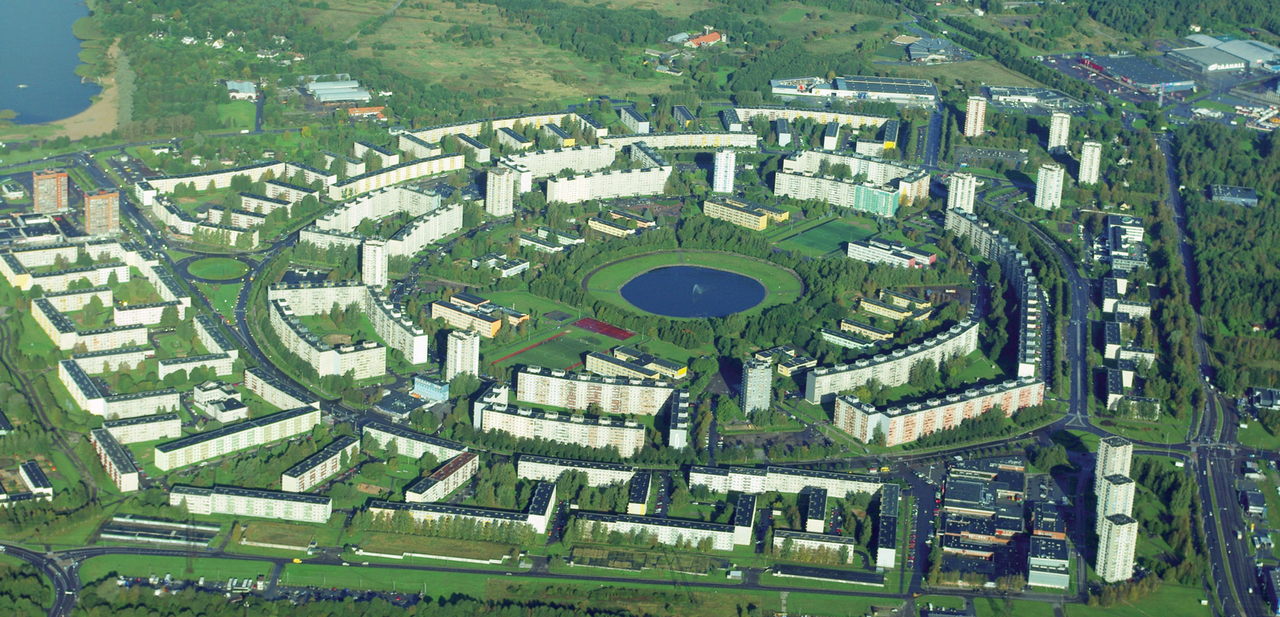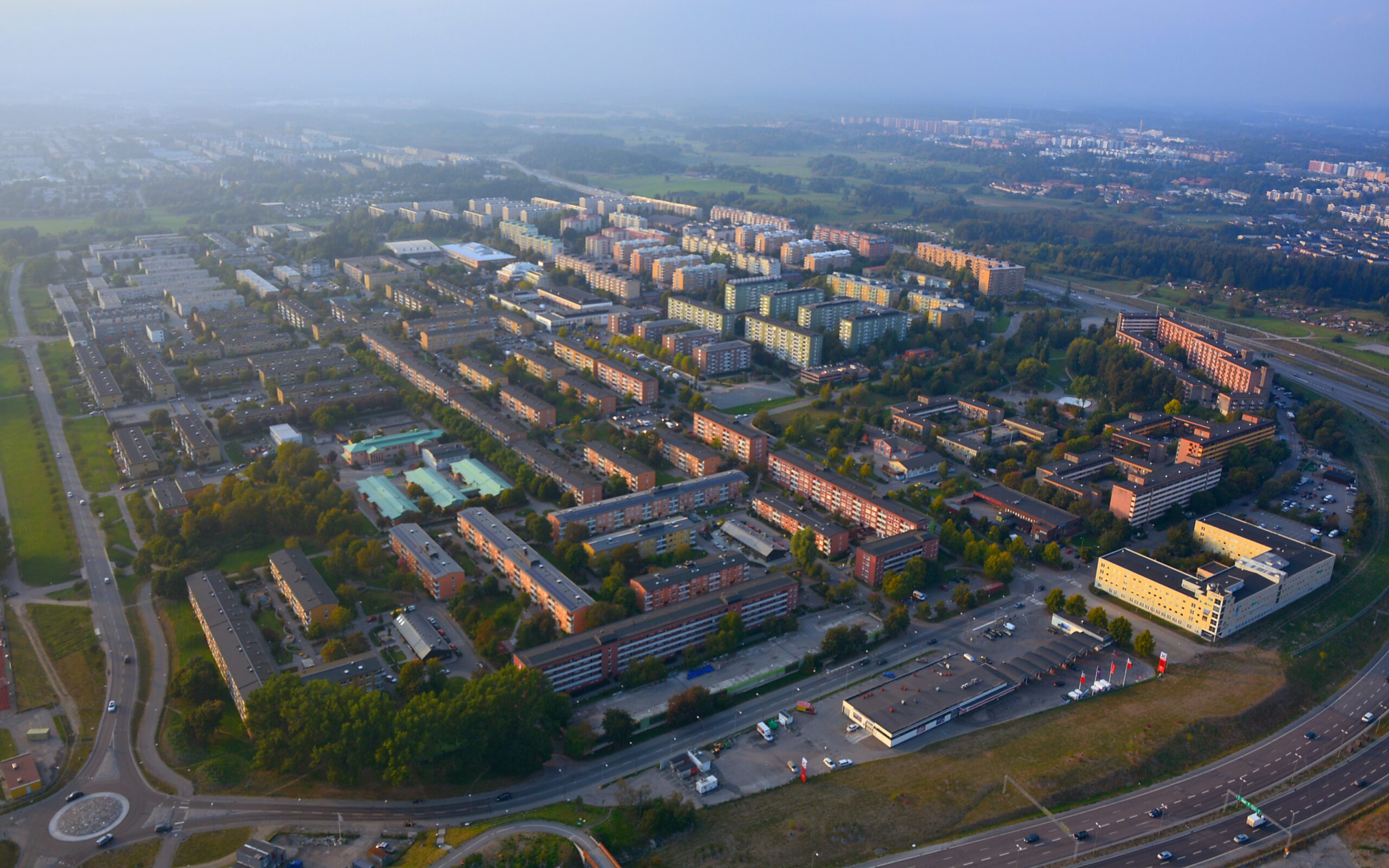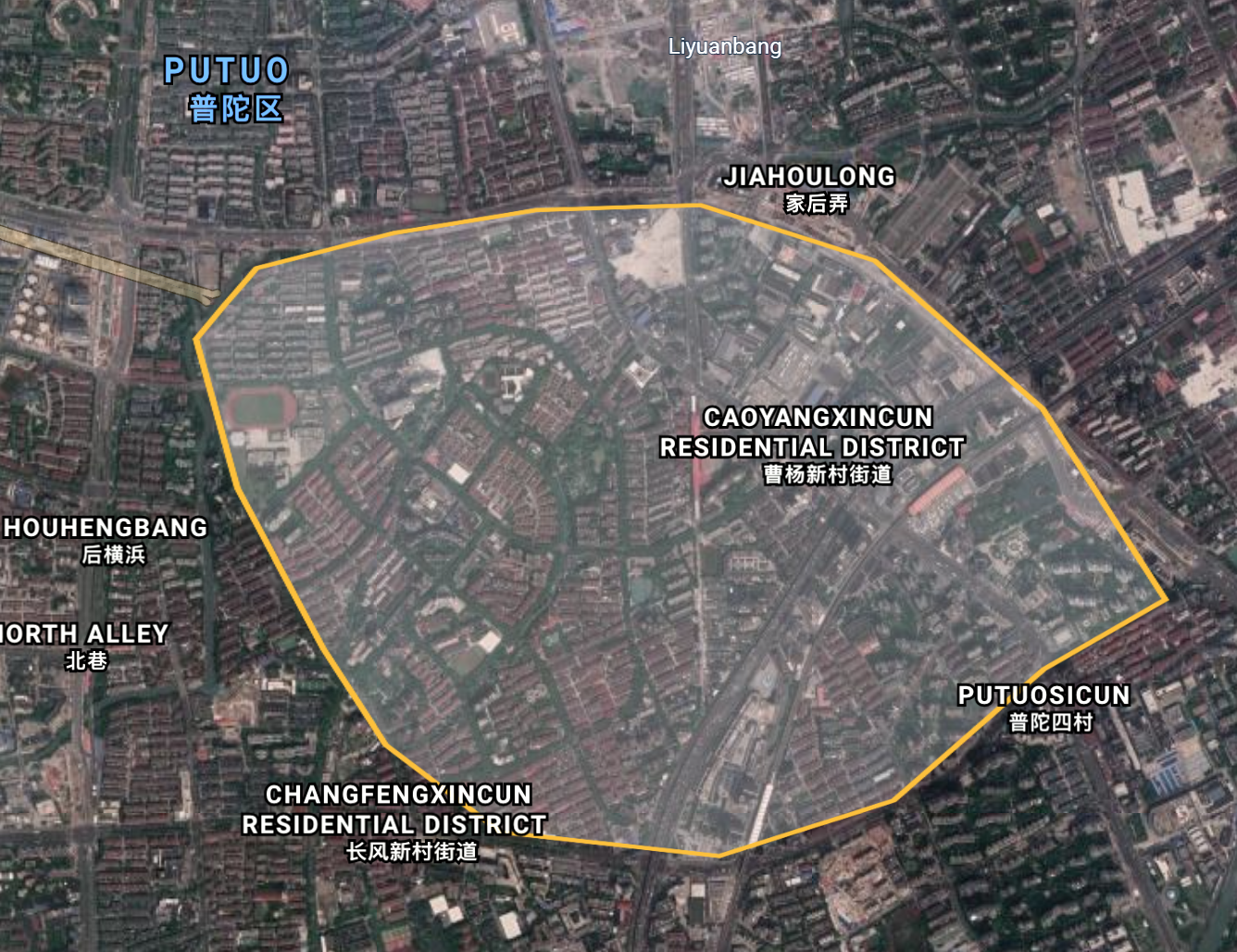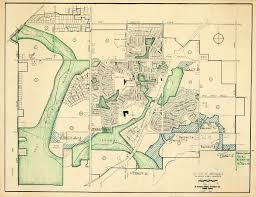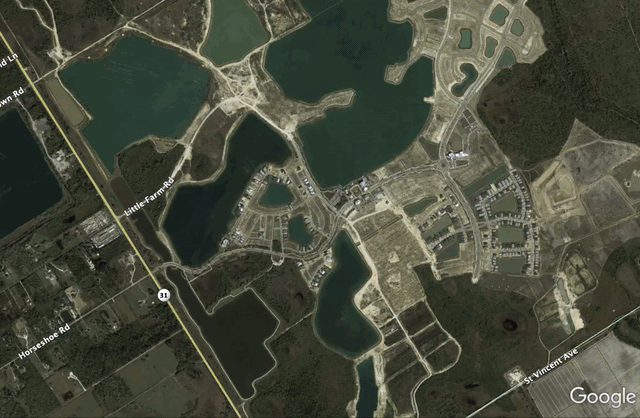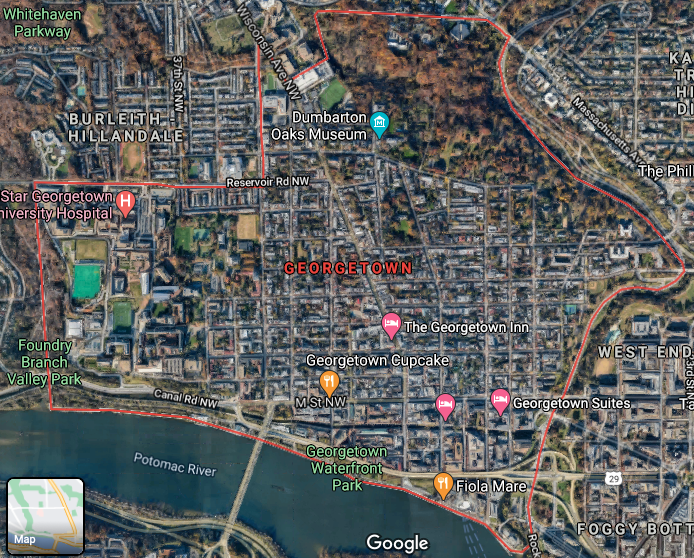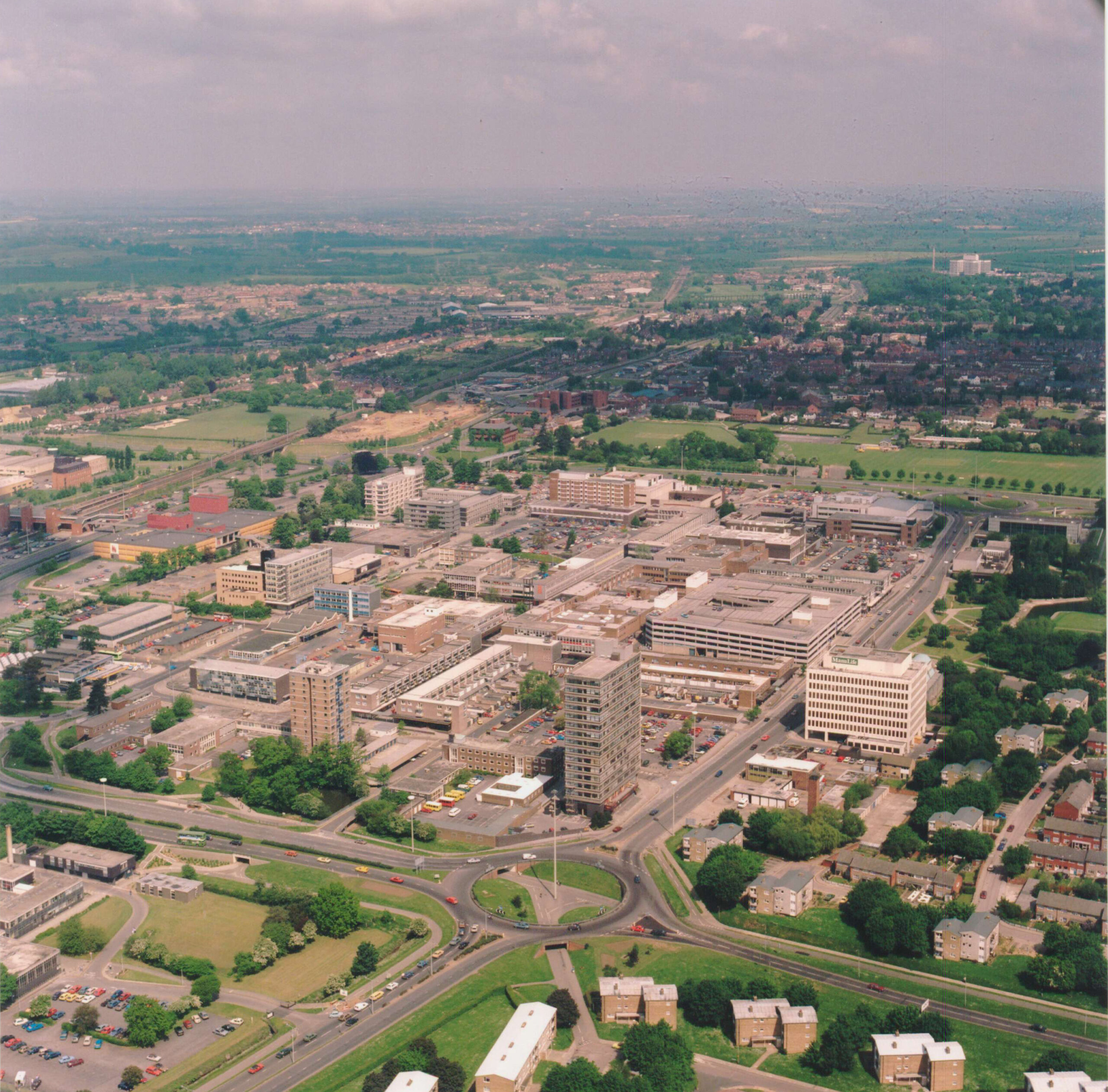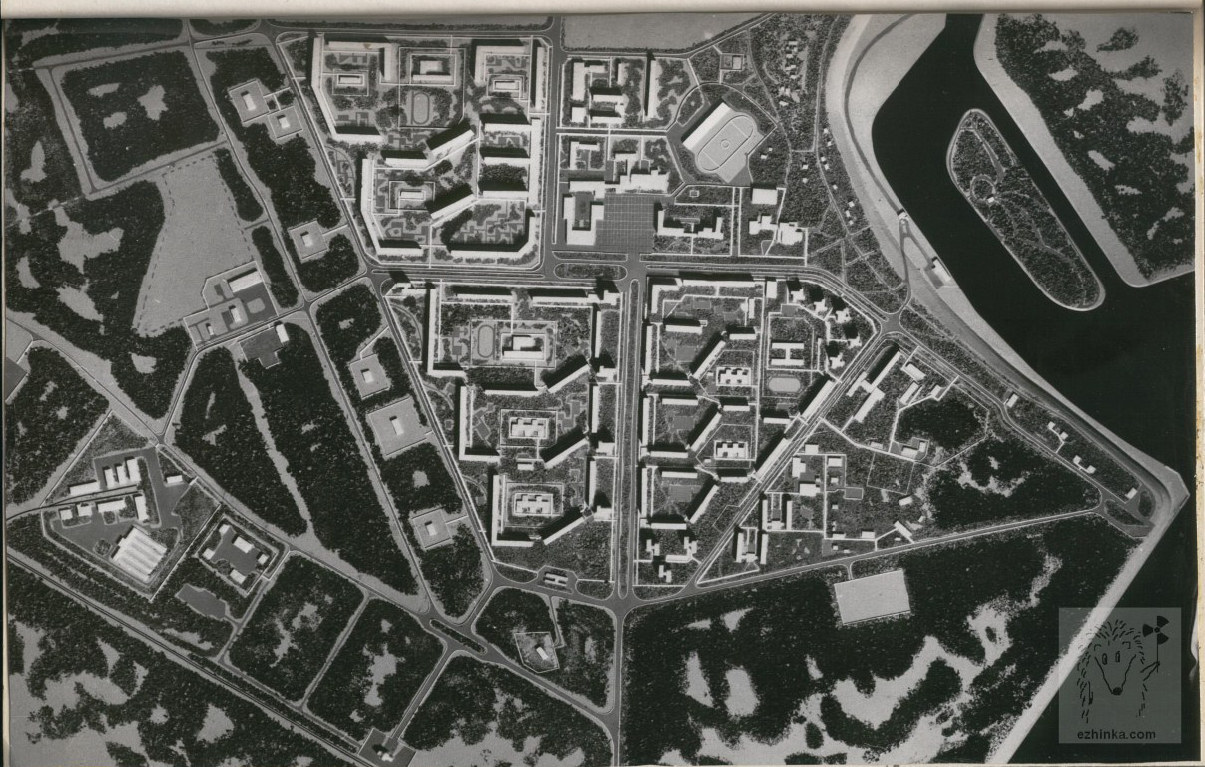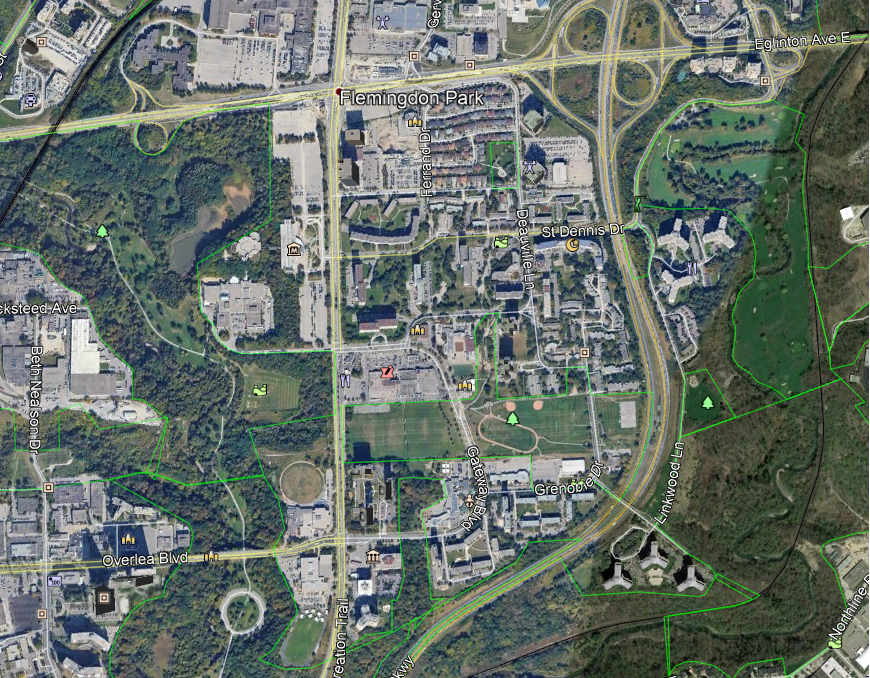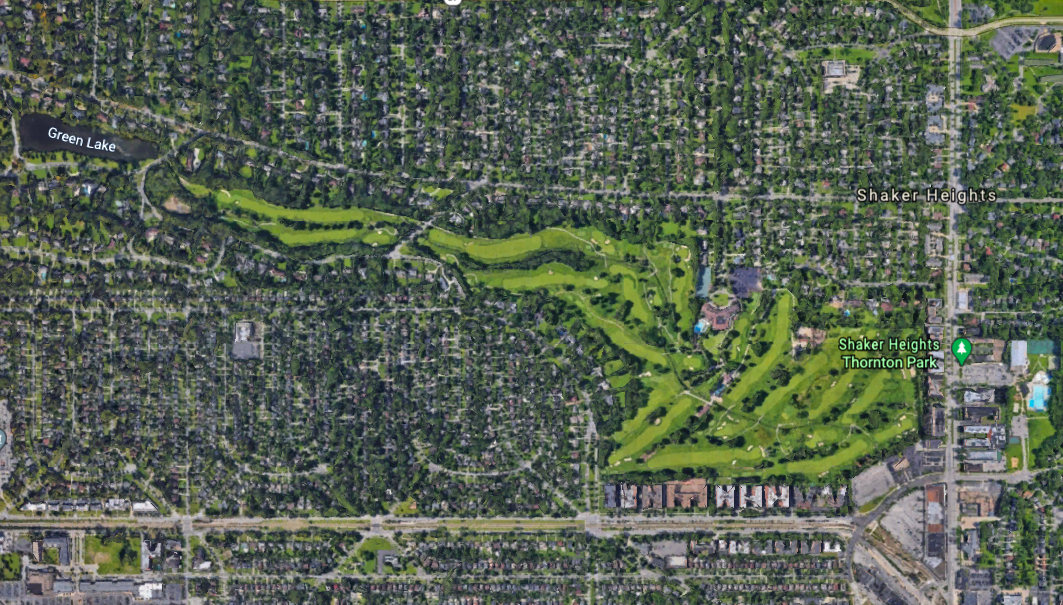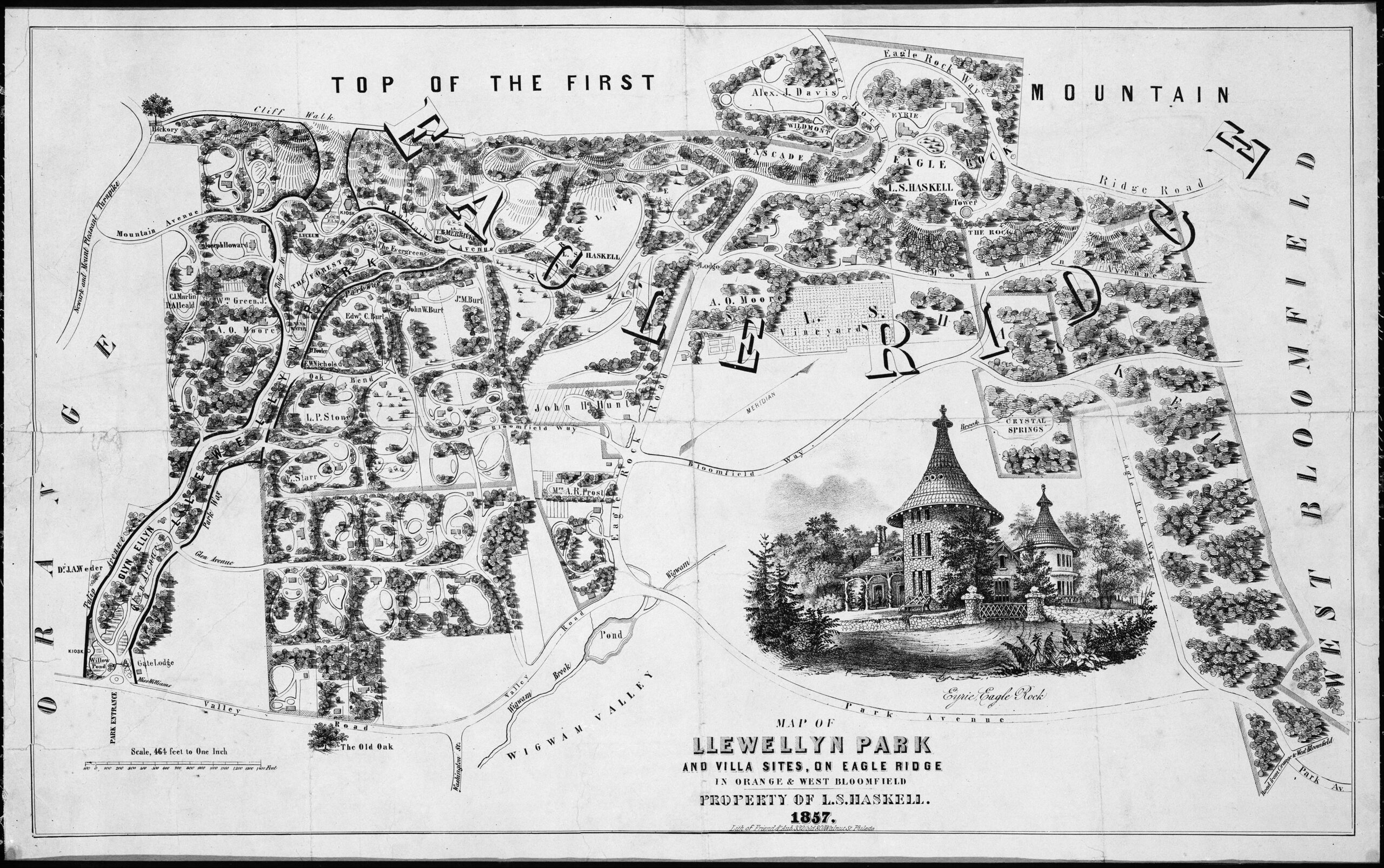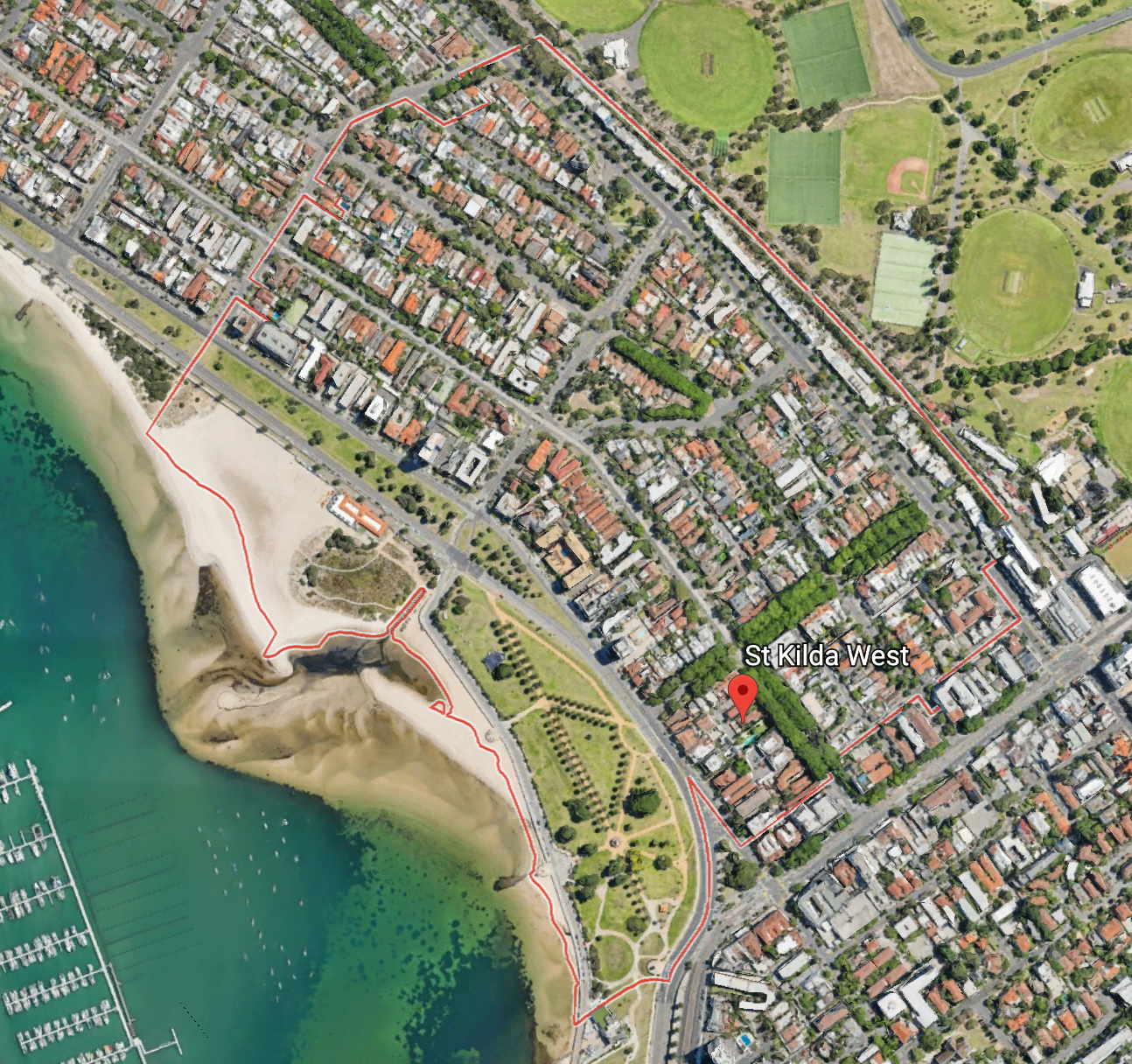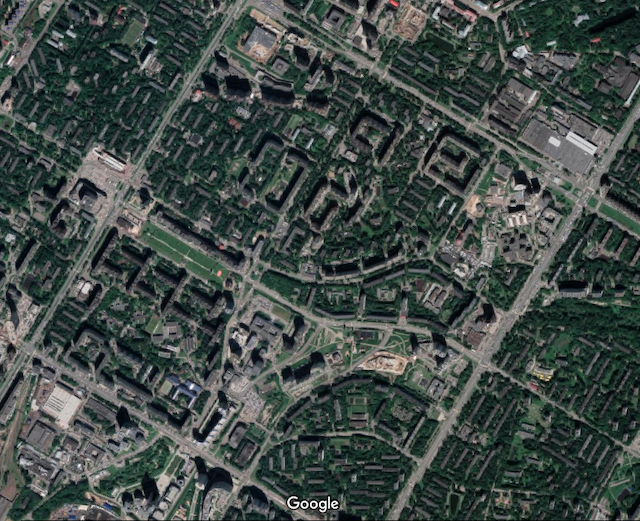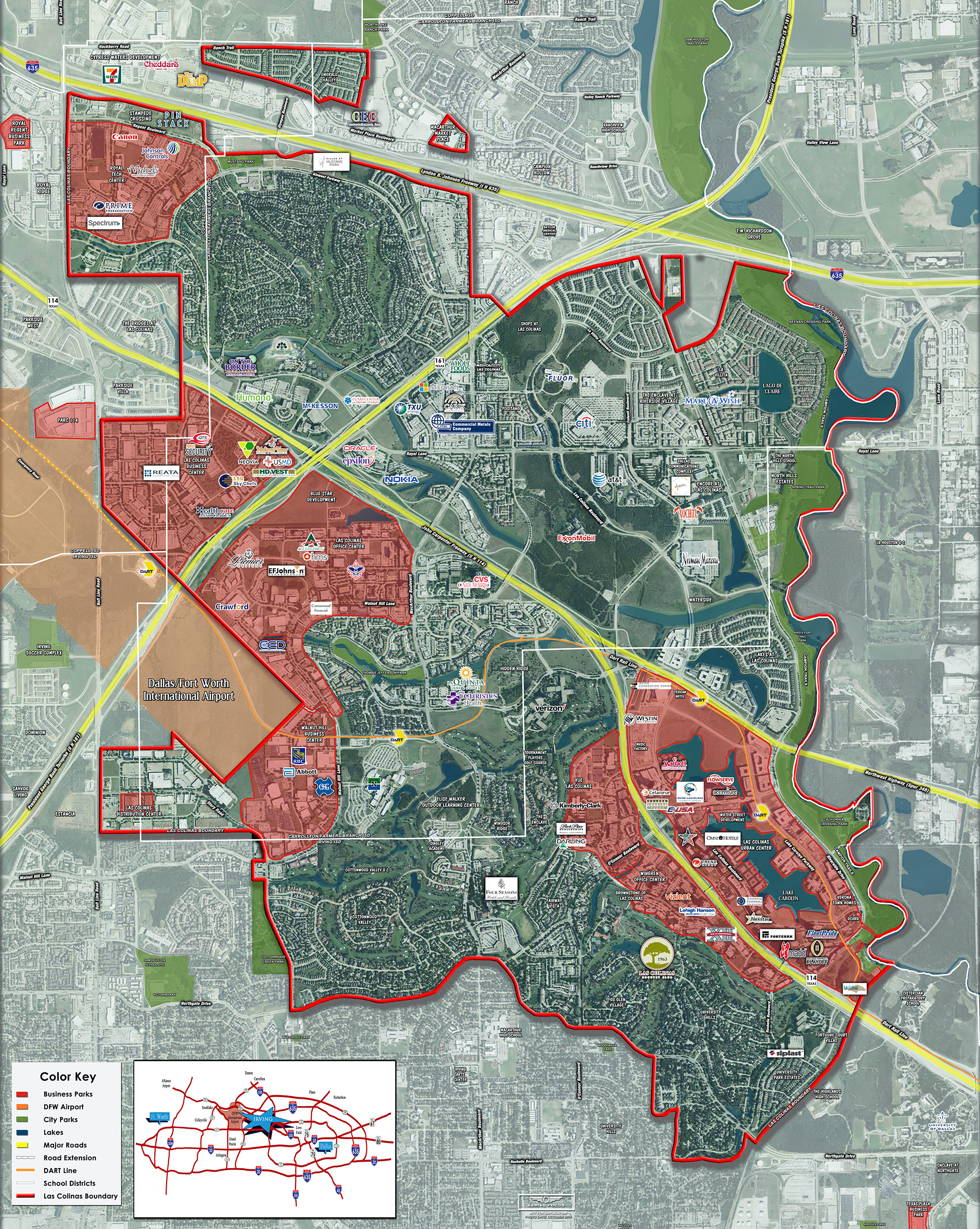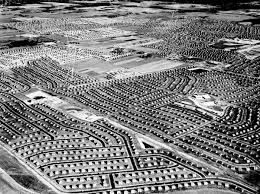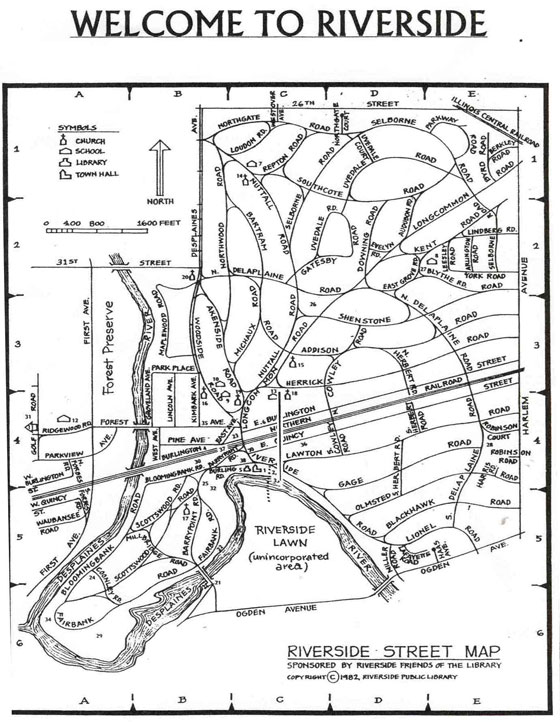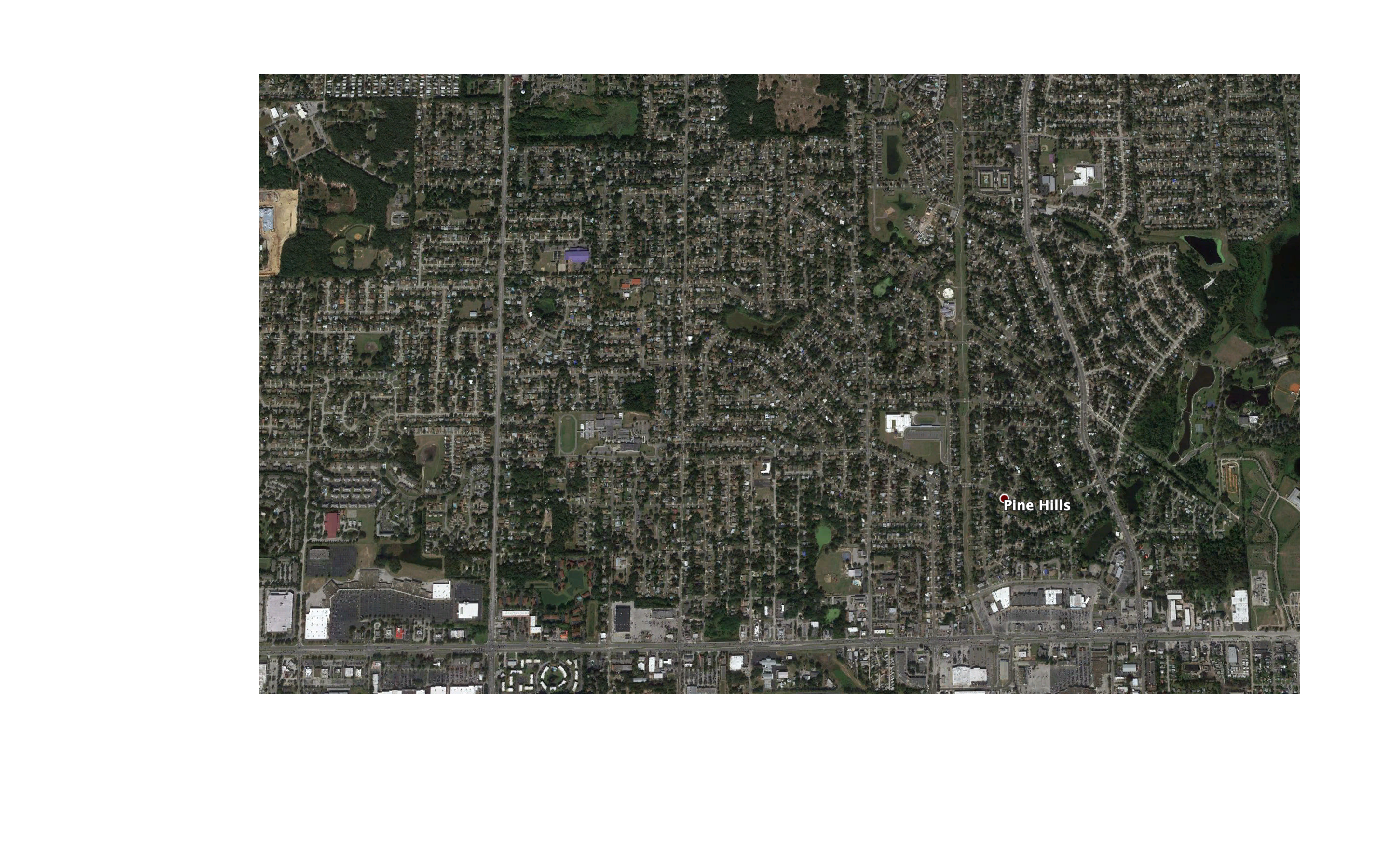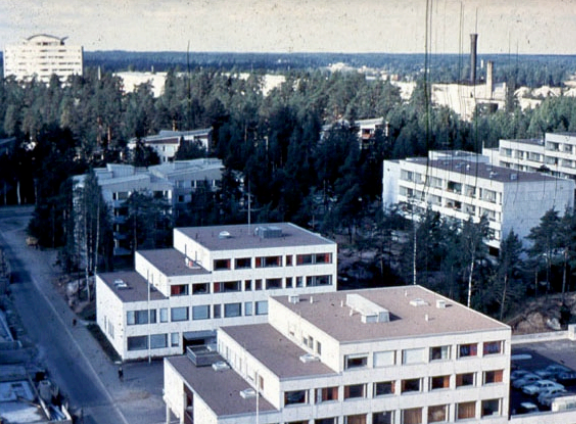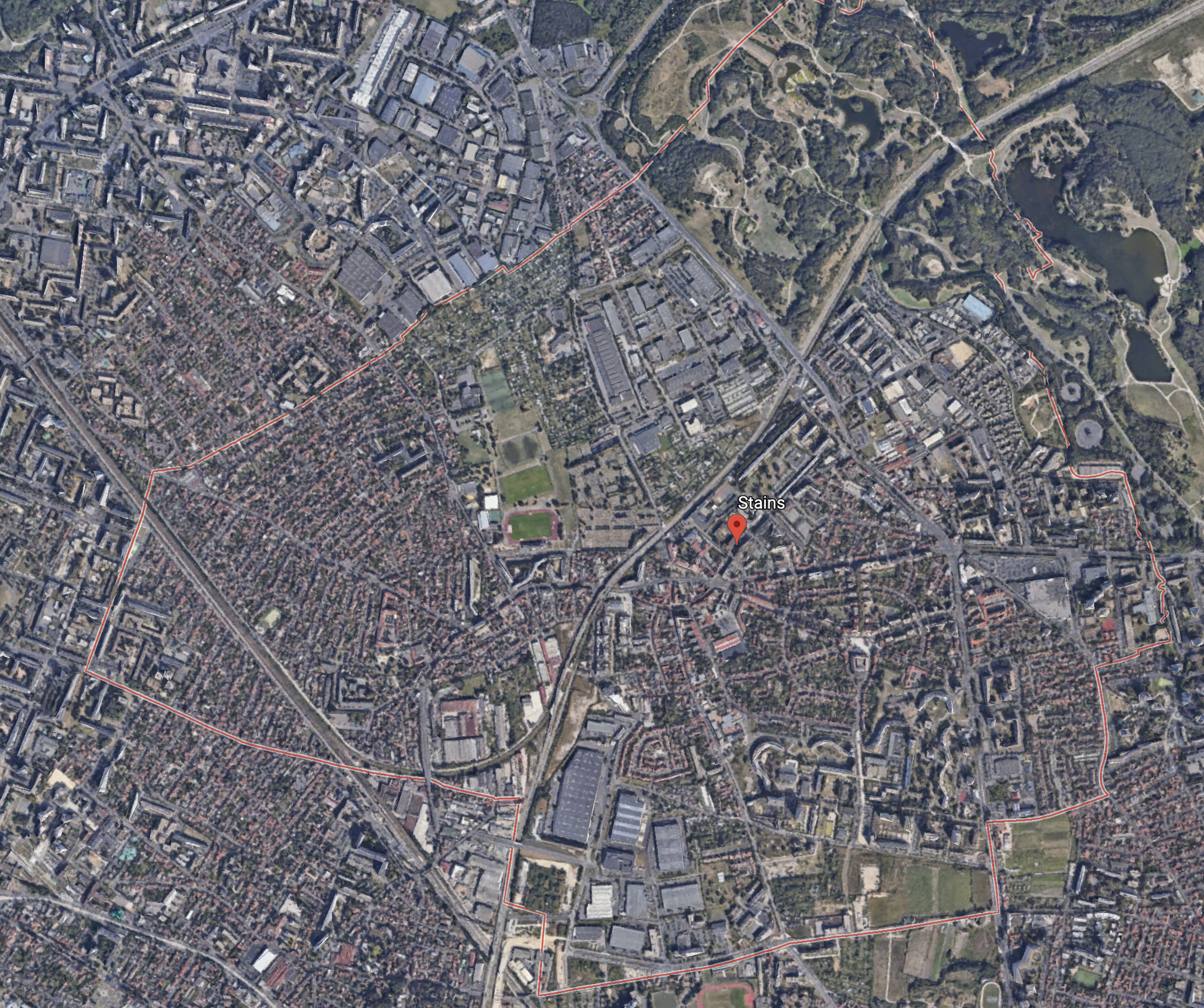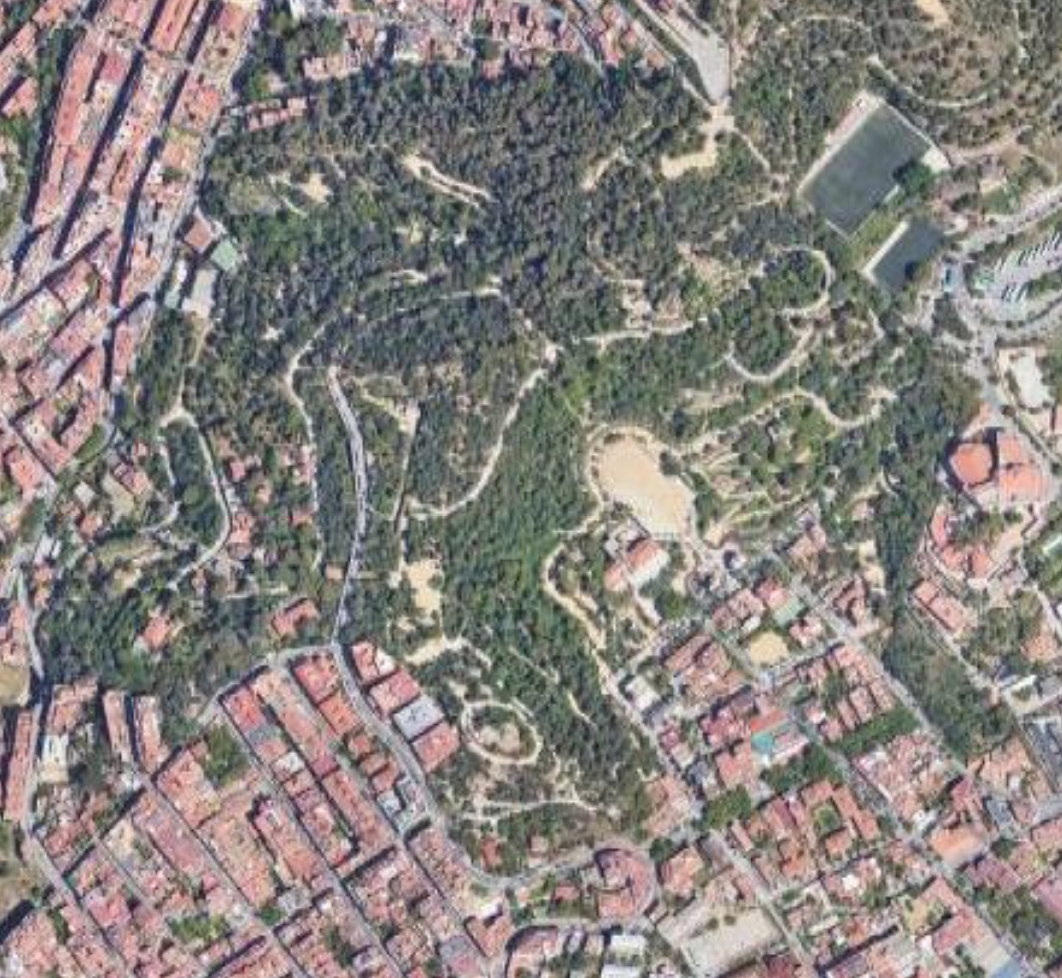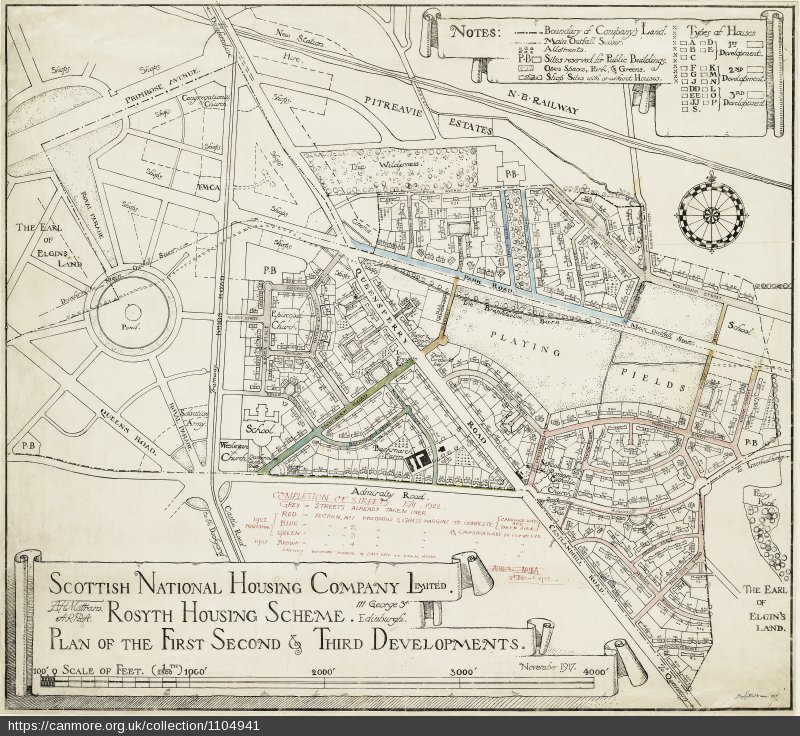Väike-Oismäe
Väike-Õismäe is an Estonian neighborhood build in the 1970s. Väike-Oismäe is built in the fashion of Soviet microrayons, which allowed architects to plan rapidly developing urban complexes more efficiently for the purpose of creating collective societies. Residents were usually provided with free rooms or flats. Due to the high building costs of such «free» complexes, microrayons were often grouped into larger urban zones. Thus, Väike-Õismäe actually consists of several microrayons and has a population of 27,481. Microrayons provided only absolutely necessary facilities (kindergartens, grocery shops), but all other services were shared by the bigger residential areas. Such merging was accompanied by the reduction of the apartment buildings’ quality, creating homogeneous grey masses of panel-blocks all over the Soviet Union.
